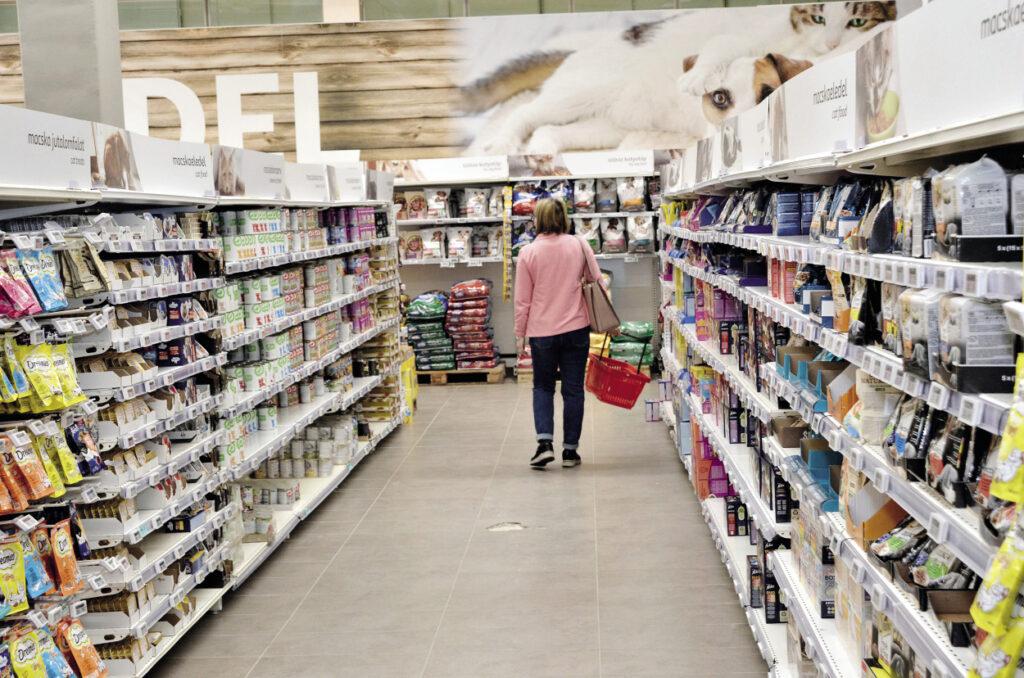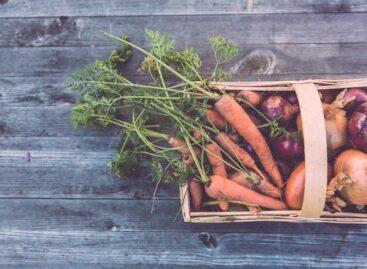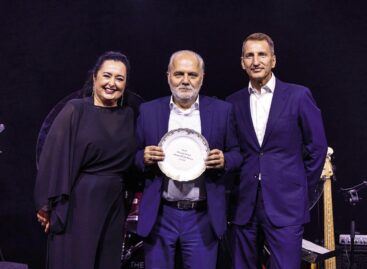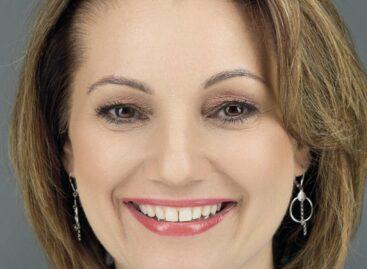We don’t economise when it comes to pets – or may be just a little
High inflation and product price increases in the last 12 months resulted in different trends in the pet food category from those we had seen in earlier years.

Anna Tuyaerts
brand manager
Nestlé Purina
Anna Tuyaerts, brand manager of Nestlé Purina. “In value sales the whole category and each segment are growing by double-digit numbers, but only the cat treat segment was able to develop if the last two full years are compared. Still, some of our super-premium brands (Gourmet cat food and Purina ONE dog food products) were able to grow above the market average, despite the market changes that were negative for us.”
Trendsetter discounters

Szilárd Vargyas
category manager
Mars Magyarország
Szilárd Vargyas, pet food category manager of Mars Magyarország Értékesítő Bt.:
“NielsenIQ data indicate that category value sales increased by more than 25% in 2022 if compared with 2021, and if we add the sales growth in pet food shops and the online channel, the growth neared 30%. Private label pet foods are getting stronger in basically every retail channel (especially in the wet canned pet food and the dry pet food segments).”
In the Hungarian market discounters have a big influence on the sales trends in various pet food categories. By the end of 2022, discount supermarkets had an almost 39% market share, thanks to the 30.6% increase in value sales in this channel.

Only the cat treats segment could increase in volume
Pet owners cut back on their spending, but premium brands remain strong

Ádám Szitai
general manager
Partner in Pet Food
Ádám Szitai, general manager of Partner in Pet Food (PPF):
“Value sales increased more in the dog category, but the volume sales drop was also bigger here. This means that cat foods performed better if everything is considered. One thing is for sure: shoppers have cut back on their spending. The premiumisation process continued, as the volume sales of premium brands were able to grow.”
In the cat food category the canned segment did better in value, while among dog foods dry varieties developed more.
The year of the cat
For Mars 2023 is the year of cats, because the Whiskas brand is undergoing its biggest update ever. Products are getting a brand new communication strategy and improved recipes. The change will be the biggest in the wet pet food portfolio: 3 different product ranges will be available in the spirit of diversity. Plus the dry food portfolio will feature preservative- and artificial colour-free cat foods. Mars doesn’t forget about dogs either: new meat-based treats will be launched, and a new flavour is going to come out in the Pedigree Tender Goodness line. Sheba and Perfect Fit will also put new innovations on the market.
Selected new innovations
Purina rolls out two special innovations in the first quarter of 2023. Purina ONE Difficult Appetite has been developed for pets that are really picky when it comes to eating. The new product is available in both dry and wet versions, and each one contains two kinds of meat: there is cod and trout in the dry variant, and chicken, beef, turkey and duck in the wet one. In the cat treat segment the new Felix Tasty Nuggets range stands alone in the market with its very high protein content; these snacks have an abrasive texture, they contain no artificial colours, and are made with vitamins and Omega-6 fatty acids.

Only subcategories with a lower average price per unit can increase dynamically
Inspired by human trends
Partner in Pet Food has launched new flavours in the Prevital range: Farm Selection pet foods are available in aluminium foil bag packaging, and the exciting flavour combinations include products with added spices or vegetables. In the premium cat food segment shoppers can choose from the new Shelma products – these are free from cereals and contain added superfoods (e.g. sea buckthorn and cranberries). In the dry dog food segment 5 different Reno Optimal Life products will appear in shops. In the snack category the new innovations are cheese containing Reno Pillows and Prevital meaty sticks. The new innovations have been inspired by human nutrition trends. //
Do we indulge cats or dogs more? How does this reflect in our purchases?
In the cat food category, sales have shifted in the direction of aluminium foil tray products in comparison with 2020, while the share of aluminium foil bag foods dropped a little.


Guest writer:
Krisztina Bodnár
business development
manager
GfK HáztartásPanel
Canned wet cat foods make up for almost 60% of the market, and the prices of these have surged 49% since 2020; the price of wet cat foods in aluminium foil bags increased by 39% in the same period. The average household spent HUF 1,830/shopping occasion in 2022.
As for dog foods, the market has turned towards dry dog foods since 2020. In 2022 more than 42% of volume sales were realised by dry dog foods. In the wet dog food segment the canned format dominates, as they are responsible for 92% of sales. Canned dog food prices have increased by 51% since 2020. When buying canned or aluminium foil bag dog food, owners spent HUF 1,500 on average. If we take a look at the different retail channels where pet food is available, we can see that discount supermarkets didn’t dominate over all other stores types – online shops and special pet food stores have strengthened their positions. //
This article is available for reading in Trade magazin 2023/4.
Related news
Shoppers don’t want sustainable, but they want organic?
In Germany the proportion of people who regularly buy sustainable…
Read more >We were learning together (Part 2)
Almost 1,100 “students” enrolled at the FMCG Open University, to…
Read more >Pockets rattling with change
Tünde Turcsán, managing director of CPS GfK-YouGov gave a presentation…
Read more >Related news
Most major grocery chains will keep their stores open until noon on December 24th
Most of the large grocery chains will keep their stores…
Read more >Viktor Orbán: Economic recovery and historic opportunities for 2025
On Friday morning, Prime Minister Viktor Orbán presented the Hungarian…
Read more >Recognition of Consumer Protection Excellence: Honoring the Best of 2024
This year’s outstanding consumer protection officers and special award recipients…
Read more >






